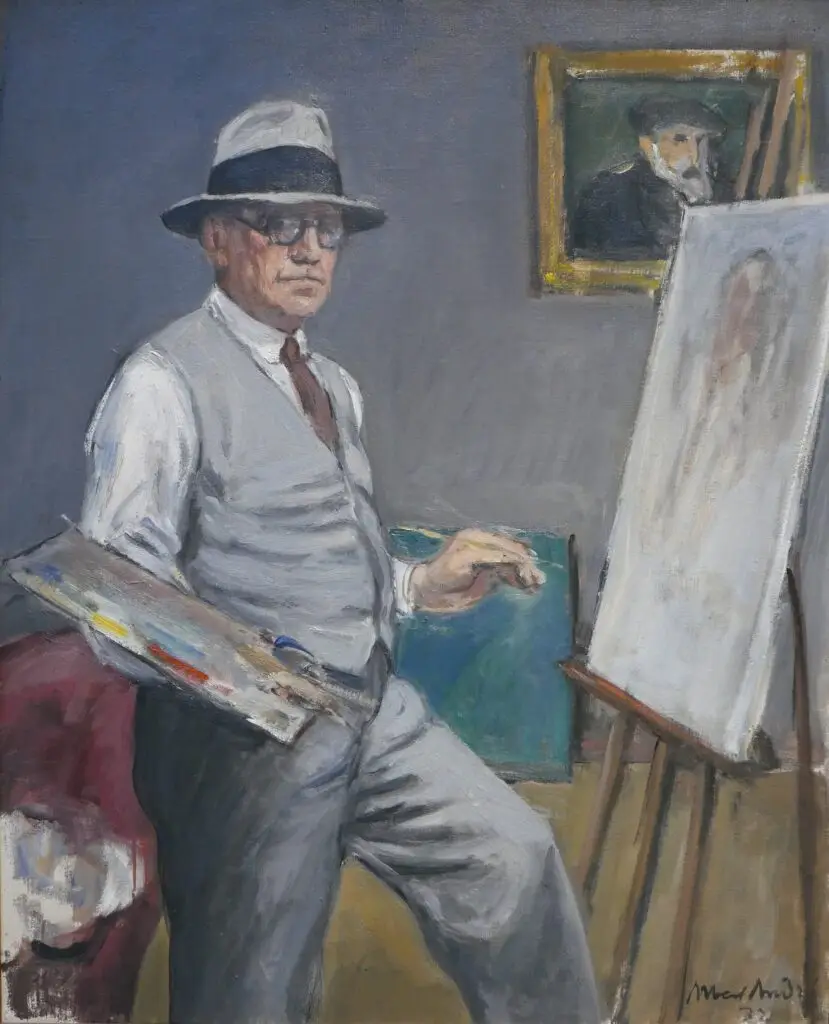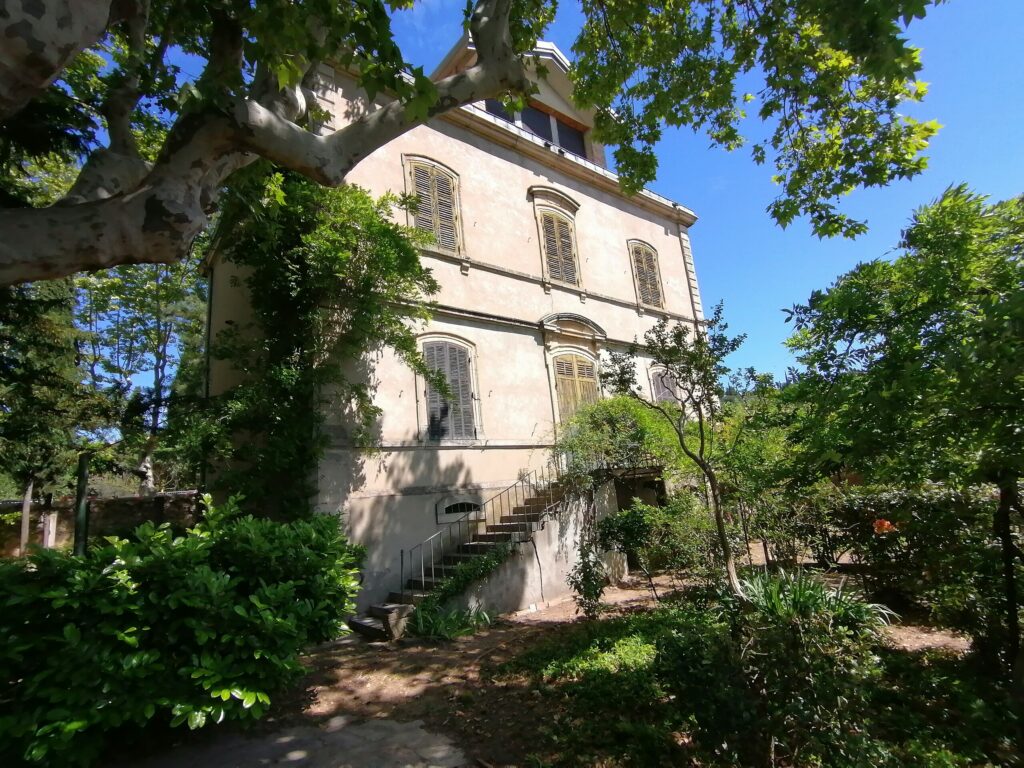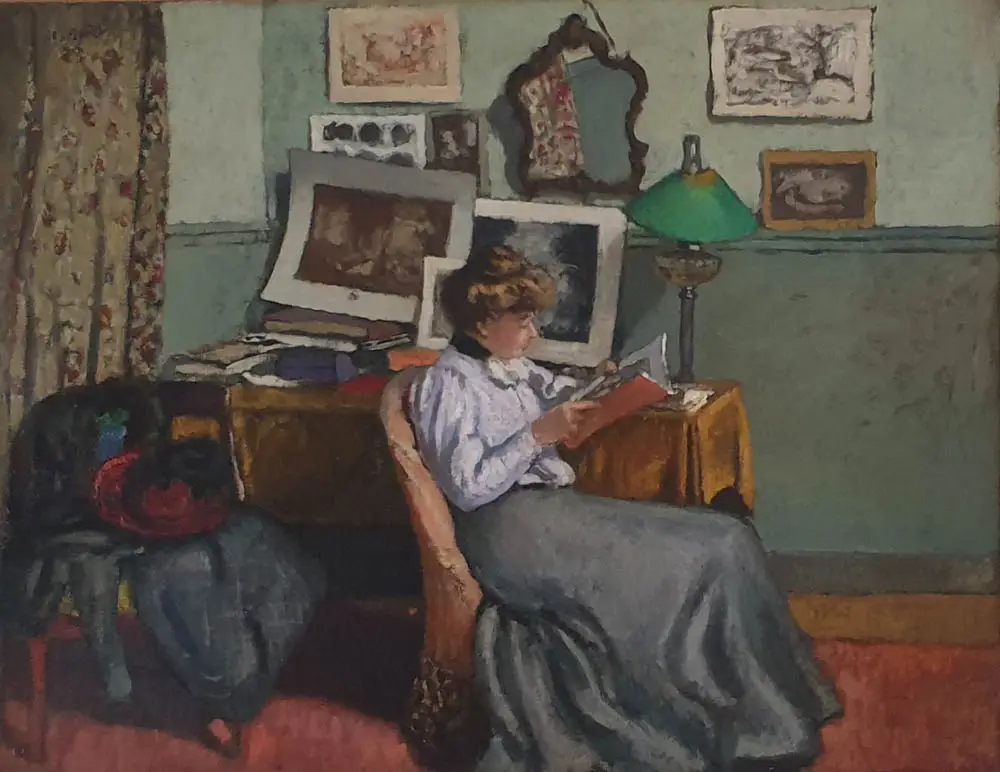
Born in Lyon into a family of textile merchants, Albert André studied at the School of Fine Arts in his hometown before joining Fernand Cormon’s Parisian studio in 1890. There he met Louis Valtat, Georges d’Espagnat, and above all Renoir, who would become a close friend and introduce him to the art dealer Durand-Ruel.
From 1895 onward, he exhibited at the Salon des Indépendants and the Salon d’Automne, while also taking part in international exhibitions. His style, rooted in Post-Impressionism, is characterized by a supple brushstroke, gentle harmonies, and a diffused light, applied to landscapes of the South, interior scenes, portraits, and still lifes.
In 1917, André was appointed curator of the Bagnols-sur-Cèze Museum, a position he held until his death. There, he expanded the collection with works by Bonnard, Vuillard, Matisse, and Marquet, making the museum a leading center of modern art in the provinces.
Settled in the Gard, he remained faithful to Provence and the Rhône Valley as sources of inspiration. He died in 1954, leaving behind a prolific body of work imbued with gentleness and humanity.

The house in Laudun-l’Ardoise is the Provençal residence where Albert André and his wife settled after maintaining a home and a studio in Paris.
Après sa mort, sa fille adoptive Jacqueline Besson (liée au critique d’art Georges Besson) joua un rôle important dans la transmission de son héritage artistique : des œuvres et des donations ont notamment enrichi des musées régionaux, contribuant à faire du musée de Bagnols-sur-Cèze (Musée Albert-André) un centre notable du patrimoine moderne en province.
The house itself, with its “urban-like appearance” and recognizable presence in the landscape of Laudun, has been the subject of public openings and recent commemorative events (“In the Time of Albert André” festivities, a visual landmark trail through the town retracing his viewpoints), demonstrating that it has become a part of the local and touristic heritage.

Post-Impressionism refers to an artistic movement that emerged at the end of the 19th century, both as a continuation of and a reaction to Impressionism. While the Impressionists sought to capture the fleeting variations of light and immediate sensations, the Post-Impressionist artists went further: they retained the freedom of brushwork and the richness of color, but added a more personal exploration, a more subjective expression, and often a symbolic or emotional dimension.
Among the major figures of Post-Impressionism are Vincent Van Gogh, Paul Cézanne, Paul Gauguin, and Georges Seurat. Each developed a unique style: Seurat explored Pointillism, Cézanne laid the foundations of Cubism through his way of constructing form, while Van Gogh and Gauguin paved the way for Expressionism through the strength of their palette and inner vision.
Post-Impressionism thus represents a decisive step toward modern art: it freed painting from the mere imitation of nature to affirm the artist’s creative power and the subjectivity of vision.